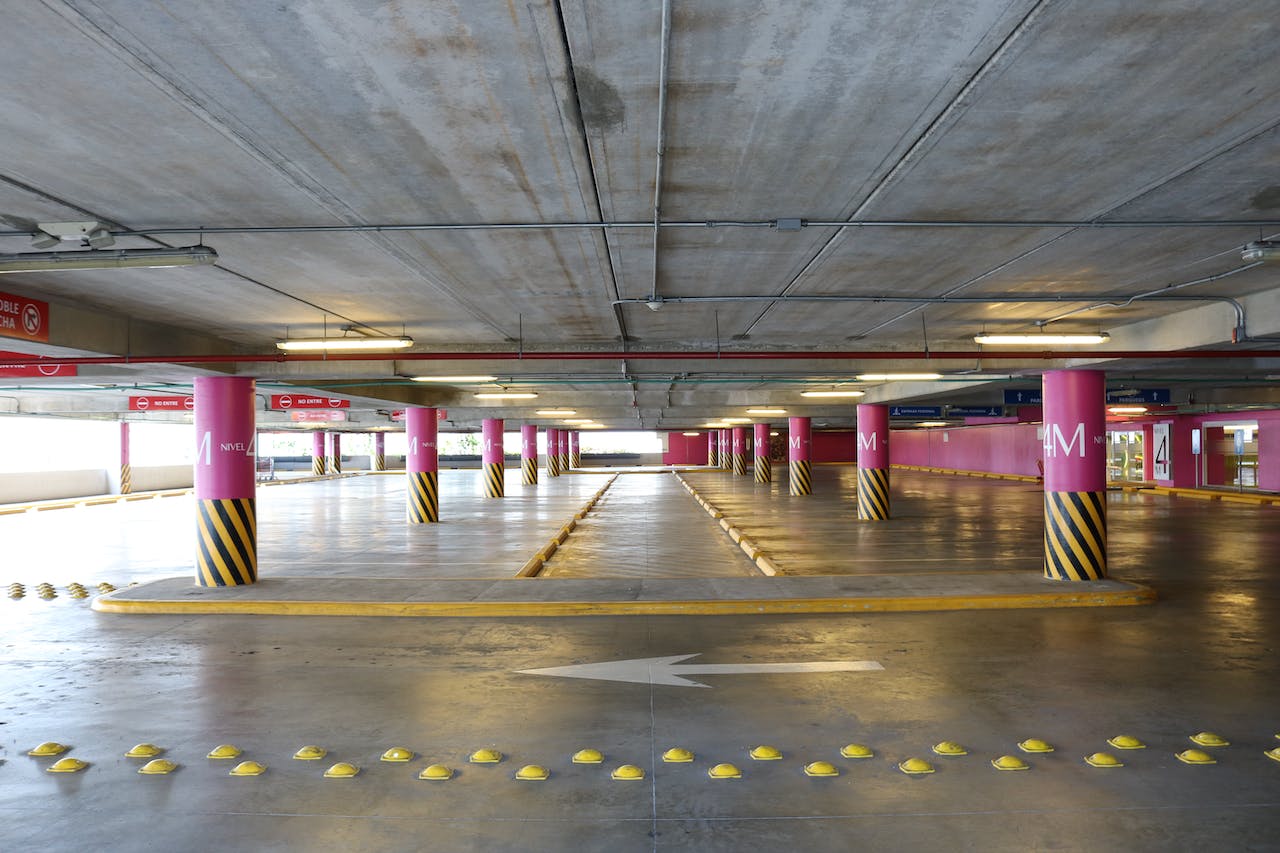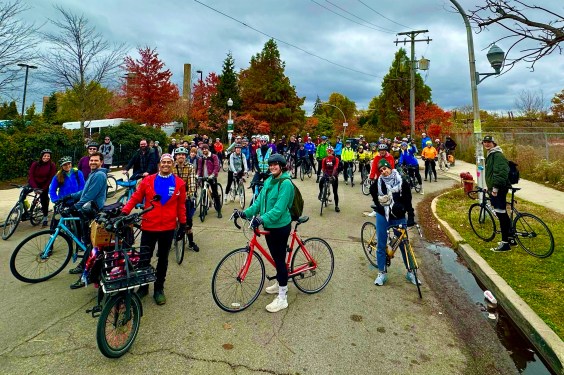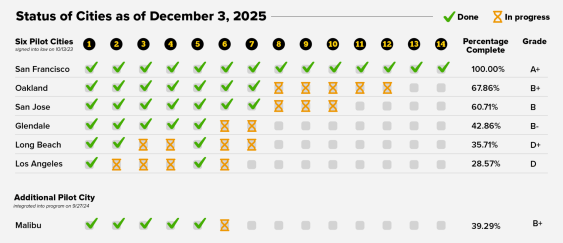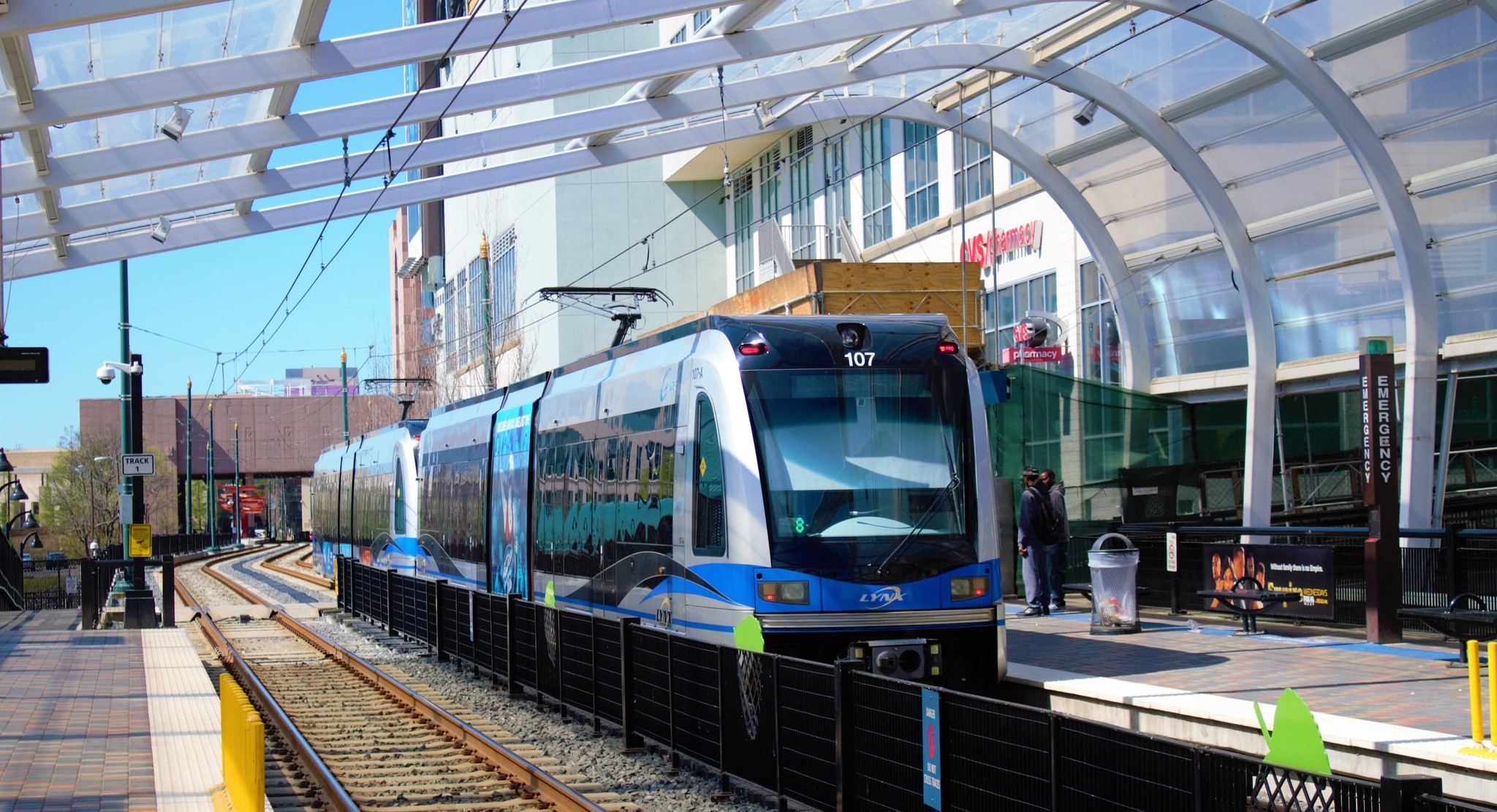Just hours after seven people were killed and hundreds injured in an Amtrak derailment near Philadelphia, the U.S. House voted to cut funding for the passenger rail service.
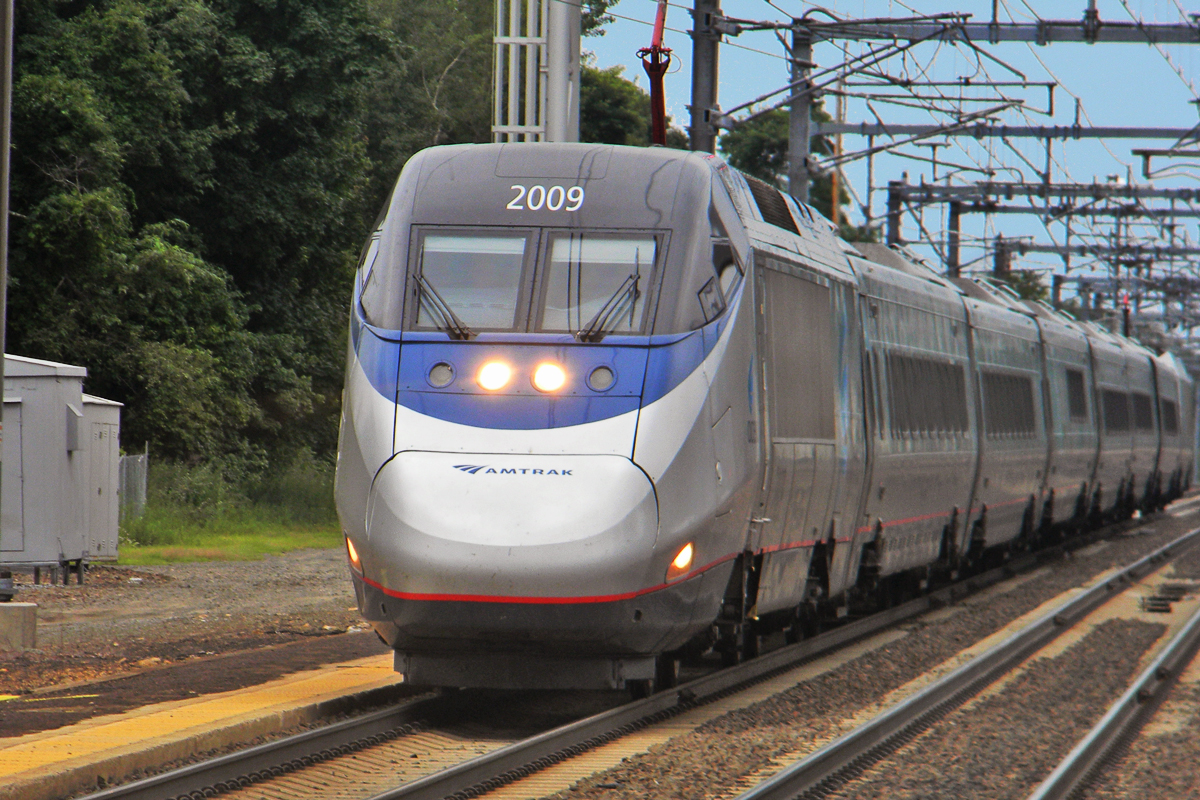
Early reports suggest the derailment was caused by excessive speed -- exactly the type of crash that could be avoided with a new safety system that Amtrak is in the midst of installing on the Northeast Corridor. Watchdogs have identified a lack of funds as one obstacle to timely implementation of the system, known as Positive Train Control.
Nevertheless, the House voted this morning to approve an appropriations bill that cuts Amtrak funding by $260 million.
According to the New York Times, the train was traveling 100 mph on a stretch of track near Frankford Junction where the advised limit is 50 mph:
That area, in the Port Richmond section of the city, does not have a safety system called Positive Train Control that can, among other features, automatically reduce the speed of a train that is going too fast.
MSNBC says the House vote came after a heated debate about whether insufficient infrastructure funding was responsible for the crash.
Federal safety officials have required Amtrak to install Positive Train Control by the end of 2015. A report issued by the Amtrak Inspector General at the end of 2012 [PDF] concluded that a "significant challenge" to meeting the deadline is "ensuring that Amtrak has enough funds available to implement PTC."
John Olivieri, national campaign director for transportation at the U.S. Public Interest Research Group, called the House vote unbelievable. "The nation’s intercity rail network has seen growing ridership and Americans increasingly are looking for alternatives to driving," he said. "They should be increasing the Amtrak budget, not cutting it."

